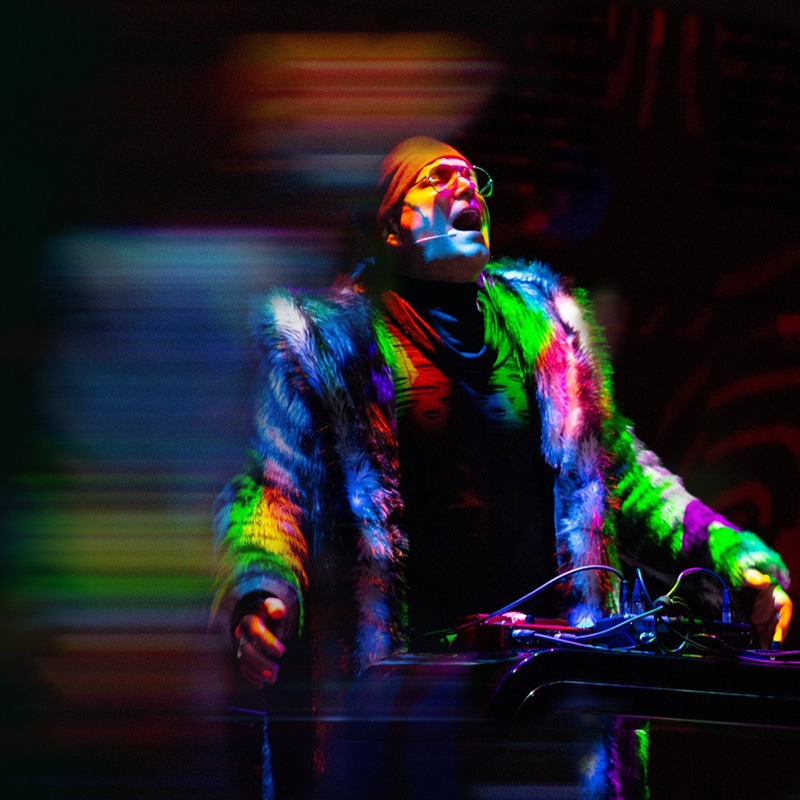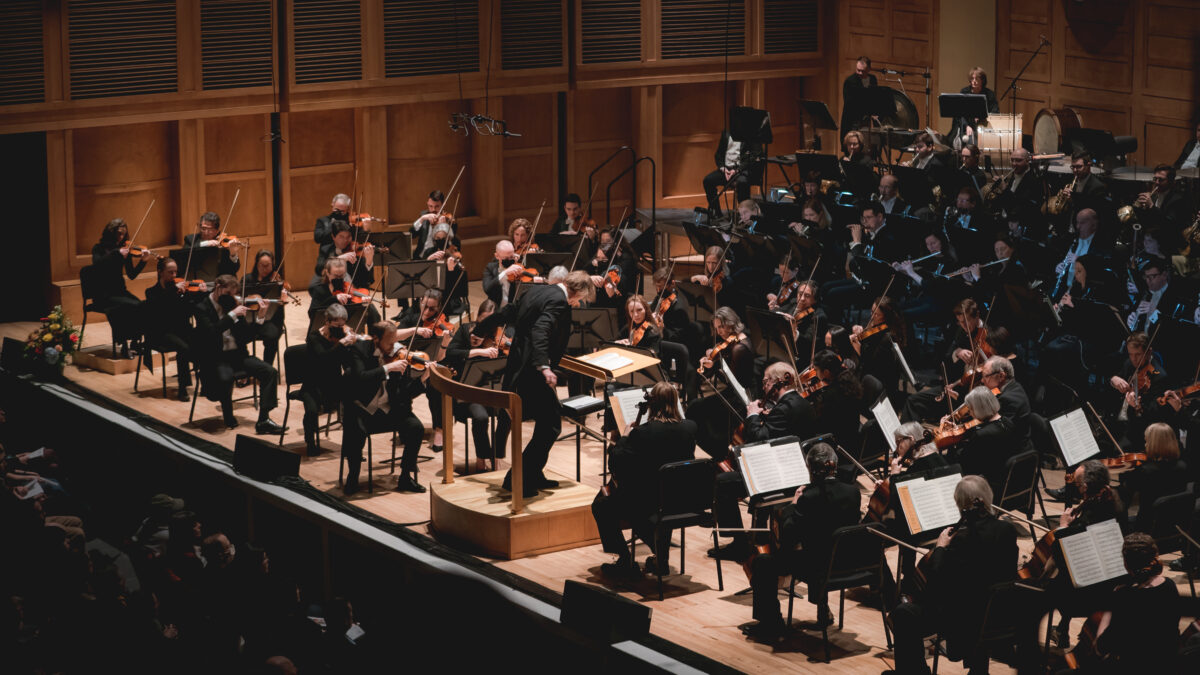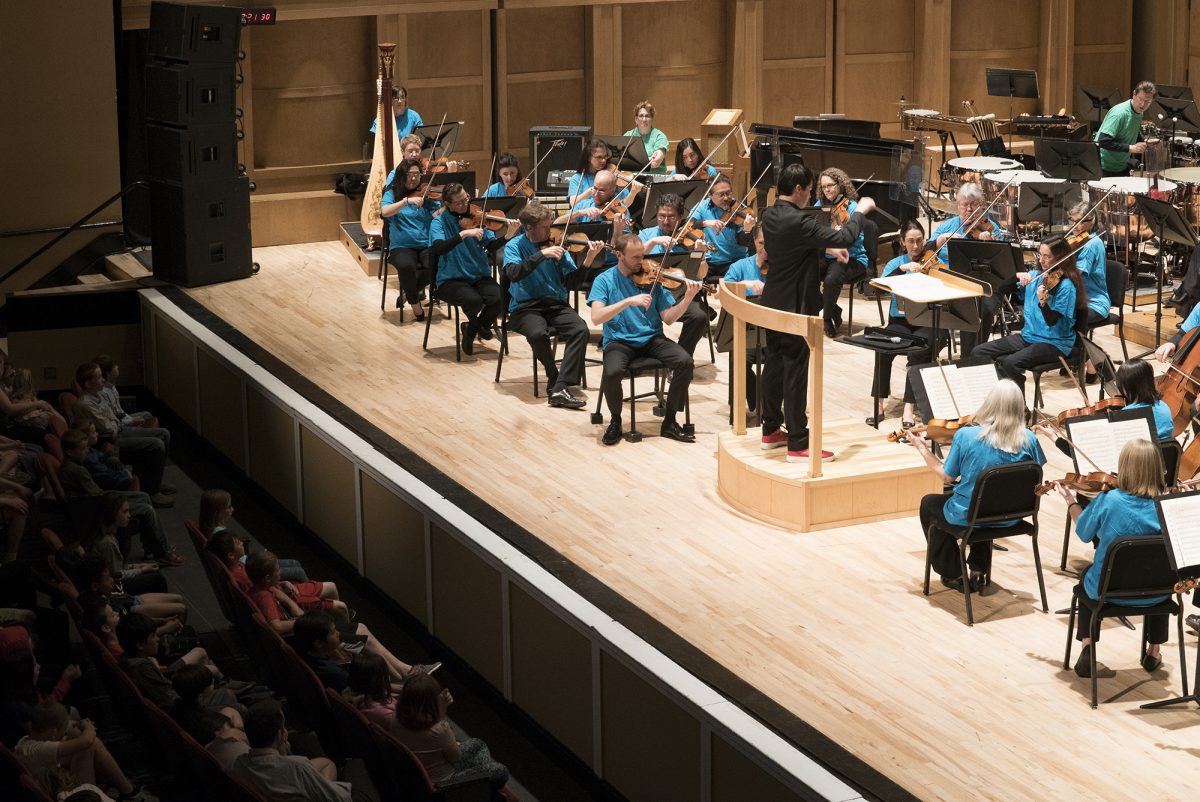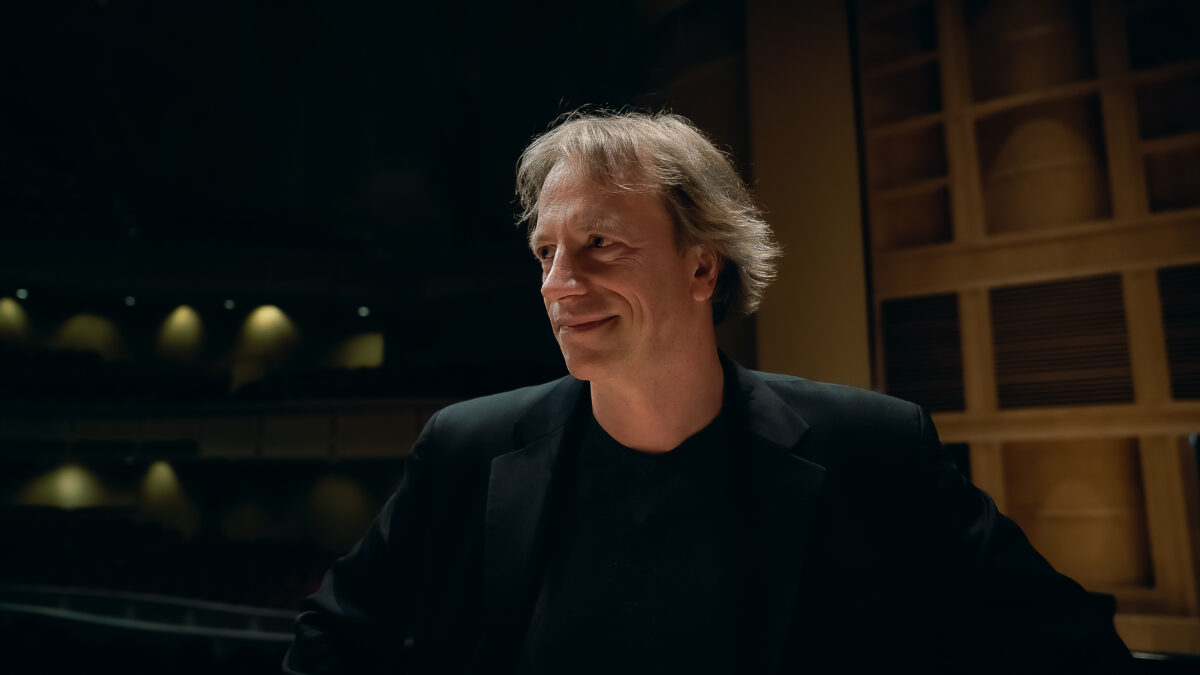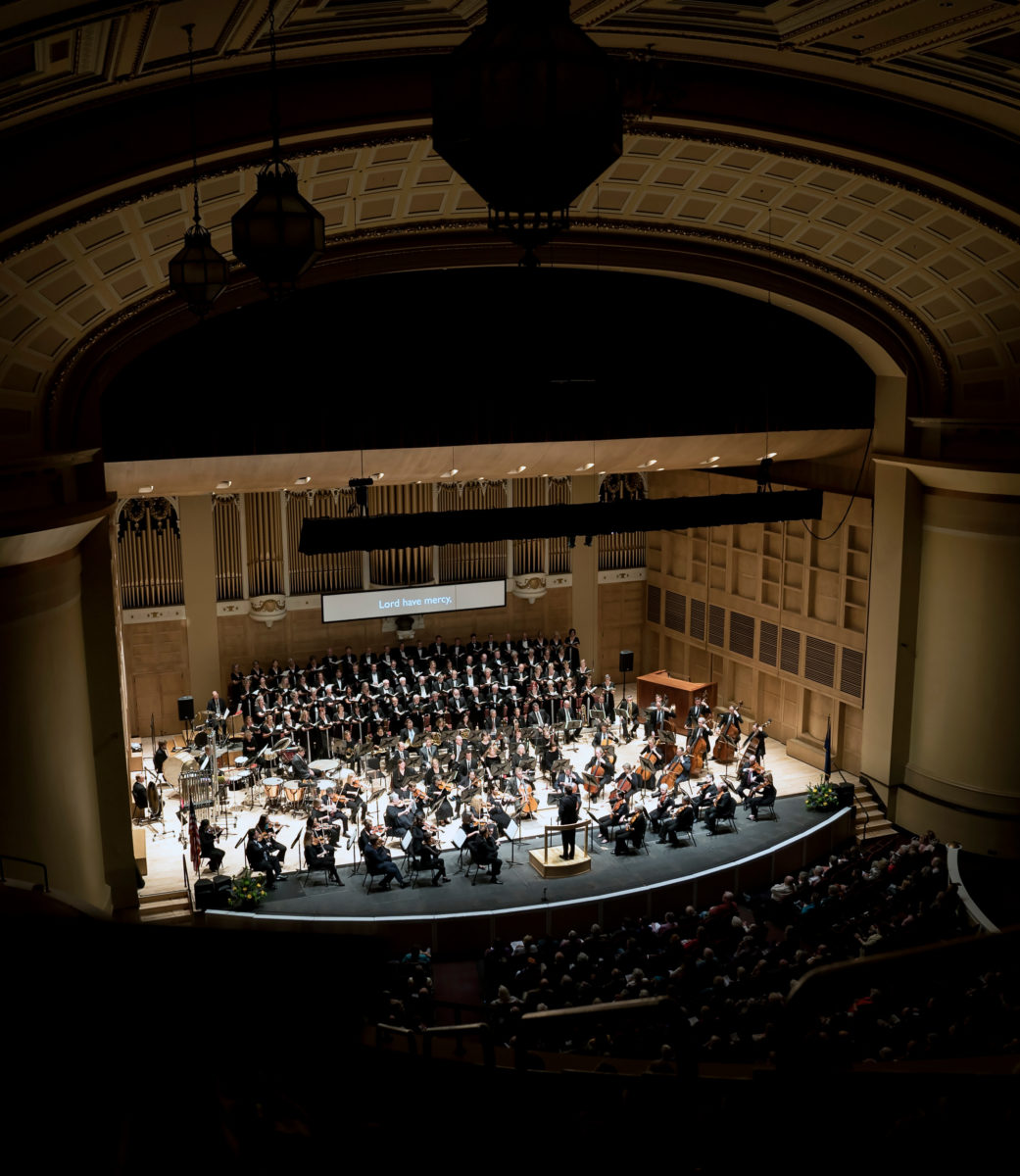Beethoven Violin Concerto Program Notes
Ludwig van Beethoven
Concerto for Violin & Orchestra in D Major, Op. 61
Ludwig van Beethoven was born in Bonn in 1770 and died in Vienna in 1827. He composed this concerto in 1806, and it was performed the same year in Vienna with Franz Clement as soloist. The score calls for solo violin, flute, 2 oboes, 2 clarinets, 2 bassoons, 2 horns, 2 trumpets, timpani, and strings.
*****
Beethoven composed his Violin Concerto during one of his richest periods: works from this time include the Fourth and Fifth Symphonies, the G-major Piano Concerto, and the Razumovsky String Quartets. He composed it for violin virtuoso Franz Clement, who was known for his wild showmanship (he was capable of playing with his violin upside-down) as well as for great sensitivity, elegance, and scintillating technique.
Beethoven was hard-pressed by the deadline of the first performance, so much so that the concerto’s completion became a mad dash to the finish. He was, of course, in the habit of revising his work over lengthy periods of time; on this occasion, though, he left empty staves in the score to accommodate his own revisions and those suggested by Clement. The autograph score shows that Beethoven made ample use of this extra space. Even so, it is said that Clement had to read portions of the solo part at sight, corrections and all, at the first performance.
The concerto was not universally well received. According to one critic who heard it, “The judgment of connoisseurs is unanimous; its many beauties must be conceded, but it must also be acknowledged that the continuity is often completely broken and that endless repetitions of certain commonplace passages may easily become tedious to the listener. It is to be said that Beethoven might employ his indubitable talents more fittingly by giving us such works as his earlier compositions, which will always place him in the front rank of composers. It is to be feared, at the same time, that if Beethoven continues upon this path he and the public will fare badly.”
Those sentiments may not have been “unanimous,” but they were shared by many. In fact, the concerto did “fare badly” until it was championed years later by the still very-young violinist Joseph Joachim, with the help of Felix Mendelssohn on the podium. Schumann wrote that it was Joachim’s “skillful hand” that “led us through the heights and depths of that marvelous structure which the majority explore in vain.”
The opening Allegro ma non troppo begins with five soft drum-beats on the tympani, which prompted one wag to dub the piece “A Concerto for the Kettledrum.” The throbbing drum sets a most serene mood; as this motive returns, both in the tympani and in other instruments, it becomes the glue that holds the piece together. This movement is sometimes given the artificial weight of a ponderous tempo, but there’s no need: it has delicacy and sweetness balancing its profundity, and a transparency that belies its complexity.
The Larghetto is much simpler, though no less indelible. It is one of those Beethoven slow movements that is a whole world unto itself, a world where time is suspended as if in a dream and the only thing that matters is the next note.
The Rondo: Allegro is a rollicking invitation to dance. It delivers a rustic, foot-stomping good time, with a brilliant coda and ingenious close: a delightful smile from Beethoven.
********
Franz Schubert
Symphony No. 9 in C major, “The Great”
Franz Schubert was born in Liechtenthal, Austria in 1797 and died in Vienna in 1828. His Ninth Symphony was probably composed between 1825 and 1826, though it was long thought to have been composed in the last months of his life. It was first performed in 1839 at the Leipzig Gewandhaus under the direction of Felix Mendelssohn, though the score was extensively cut. The symphony calls for 2 flutes, 2 oboes, 2 clarinets, 2 bassoons, 2 horns, 2 trumpets, 3 trombones, timpani, and strings.
*****
In a way, the early symphonies of Schubert were experimental. He was already an outstanding composer of piano music and a master of the art song. But he saw part of his duty as a composer to write music in all forms even if there was no particular demand for it. Those early symphonies were worthy, yet they show a young composer in the thrall of others, especially Beethoven. He would find his own voice only later, in the Unfinished and most especially in the Great C-major.
Schubert’s Ninth is called the “Great” to distinguish it from his Sixth Symphony in the same key. The ordering of the symphonies and the dates of composition have long been a jumble, partly because he began and left unfinished as many as six symphonies, but also because Schubert wrote them without commission or even the expectation that they might ever be performed: they went straight to the desk drawer. We know that he composed the Ninth near the end of his very short life—though not as close to the end as once supposed—and the music tells us clearly that he had become a master of the symphonic form in his own right.
How do we know this? Expectations and connections. For instance: in most Western music we expect music to occur in eight-bar phrases. Yet in the introduction’s noble horn tune we hear a six-bar phrase with a two-bar echo. As the Allegro begins we have more expectations. In a sonata form we expect two themes in related keys, followed by development and recapitulation. Schubert’s vivacious first theme and jaunty second are splendid in and of themselves. But just as we expect a development—and Schubert has paved the way, harmonically, for just that—we hear the hushed voices of the trombones, in a distant key, intoning a dark and slightly ominous theme taken directly from the second measure of the introduction. Our expectations are defied, yet a remarkable musical connection has been made that is innately satisfying, whether it is consciously perceived or subliminally felt. Now, that’s mastery of a very high order.
The second movement begins with a march led by a solo oboe with a distinctly Eastern-European flavor; when its song turns briefly to the major key it sounds like a shaft of sunlight piercing the clouds. This is music that is not in a hurry. As the march seems to wind down there comes a sumptuous and noble tune led by the violins, then a return of the oboe theme. In ordinary circumstances this would be quite enough for a charming Andante. But it was not enough for Schubert. As the march continues it intensifies, building at last to a huge, terrifying climax, followed by desperate silence. The cellos pick up the pieces and lead us back to the charming Andante—but from there to the end we cannot forget what just happened.
The Scherzo is immense, richly tune-laden, and strewn with melodic fragments gamboling among various instrumental combinations. Despite its prodigious size and length, there is no superfluous note-churning: every bar is full of life.
The Finale’s opening wake-up call brings a whirling, rhythmically-vital music that simply (there is no other word for it) swings. There is a touch of Beethoven here, including a thinly-disguised allusion to his Ninth, but the voice is all Schubert.
The Ninth was never performed in Schubert’s lifetime. Robert Schumann discovered the work while visiting Schubert’s older brother years after the composer’s death. He had it sent to Mendelssohn in Leipzig, who put on the first performance. However, even such an exquisite musician as Mendelssohn could not come to grips with what Schumann called its “heavenly length,” and the symphony was only performed after drastic cuts were made. Today that would be unthinkable: what parts of this glorious piece would you be willing to do without?
-Mark Rohr
Mark Rohr was the Portland Symphony Orchestra’s Bass Trombonist from the mid-1980’s and program annotator from 1991 until his passing in 2019. We are privileged to continue publishing his program notes at his bequest.





